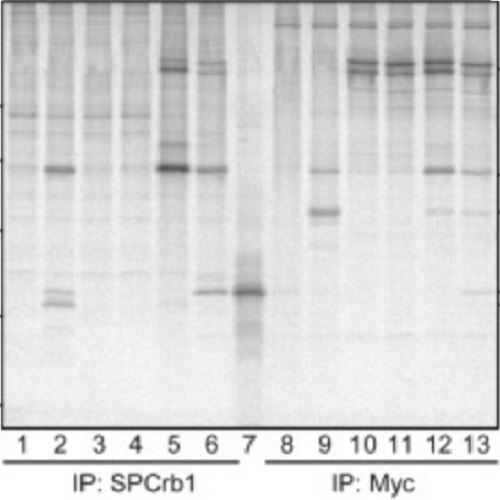The Drosophila Crumbs signal peptide is unusually long and is a substrate for signal peptide peptidase.
N-terminal signal sequences mediate nascent protein targeting to and protein insertion into the membrane of the endoplasmic reticulum. They are typically 15-30 amino acid residues long with a core hydrophobic region flanked by an N-terminal (n-) and a C-terminal region. Following cleavage by signal peptidase, some of the resulting signal peptides are further processed by signal peptide peptidase (SPP) and fragments are liberated into the cytosol. Such fragments can have independent, post-targeting functions affecting diverse cellular processes. We show that Drosophila melanogaster Crumbs, a transmembrane protein controlling cell polarity and morphogenesis, is synthesized with an 83 residues-long signal sequence. To our knowledge, this is currently the longest signal sequence described for an eukaryotic protein. The unusual length is caused by an extended n-region, but the extension does neither affect protein targeting nor signal sequence cleavage. The signal sequence is cleaved off and the resulting signal peptide, SP(Crb), is proteolytically processed by SPP, thus representing the first substrate described for the Drosophila enzyme. We further show that signal peptide fragments can be degraded by the proteasome. Expression of transgenes encoding tagged variants of Crumbs in Drosophila embryos suggests that the signal peptide is short-lived in vivo. Our findings support a model suggesting that besides generating fragments with post-targeting functions, SPP-mediated processing is the first step in the degradation of signal peptides.

- Eur. J. Cell Biol. 2010 Jun 01;89(6):449-61
- 2010
- Cell Biology
- 20189678
- PubMed
Enabled by:
